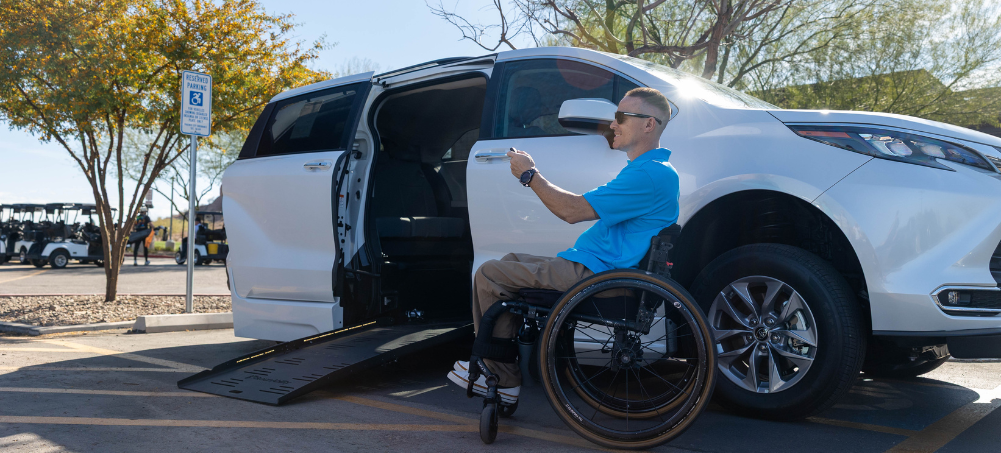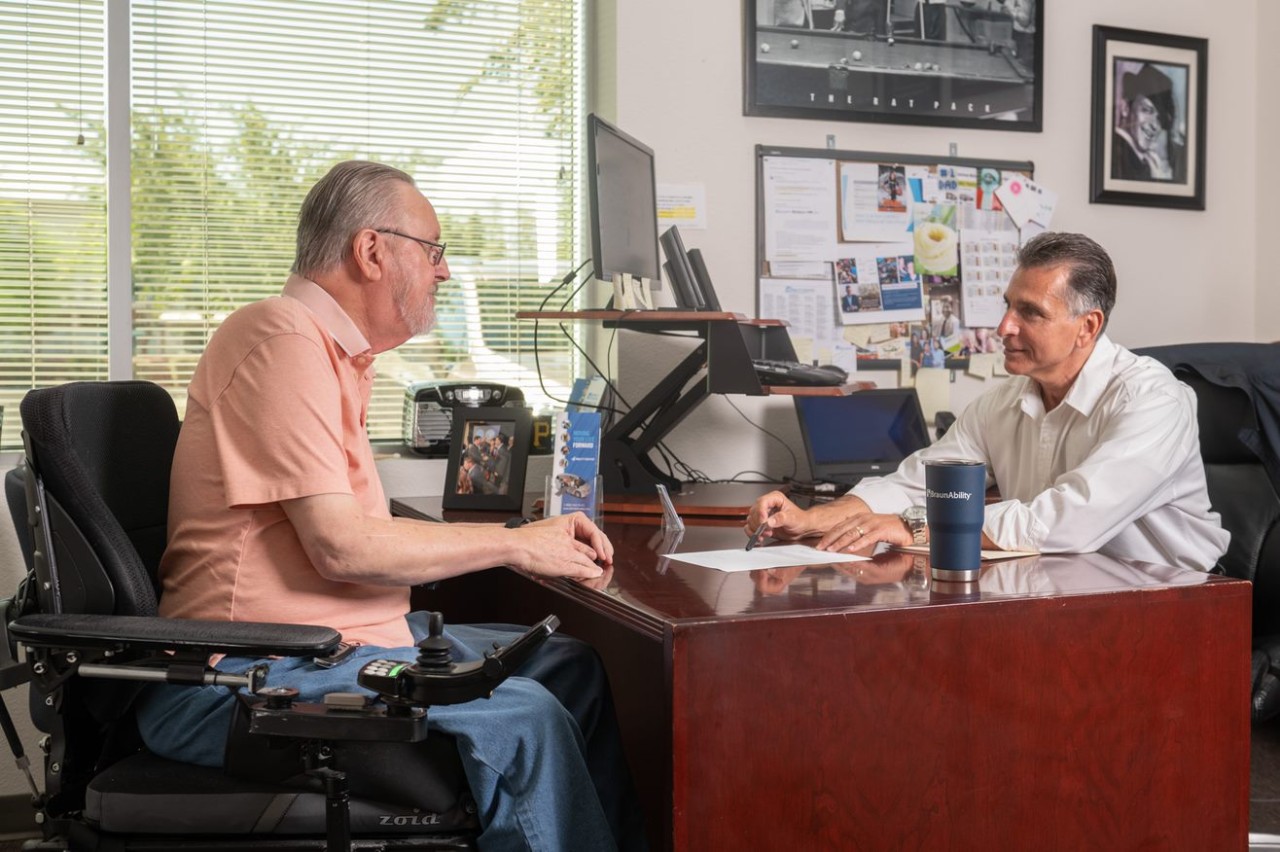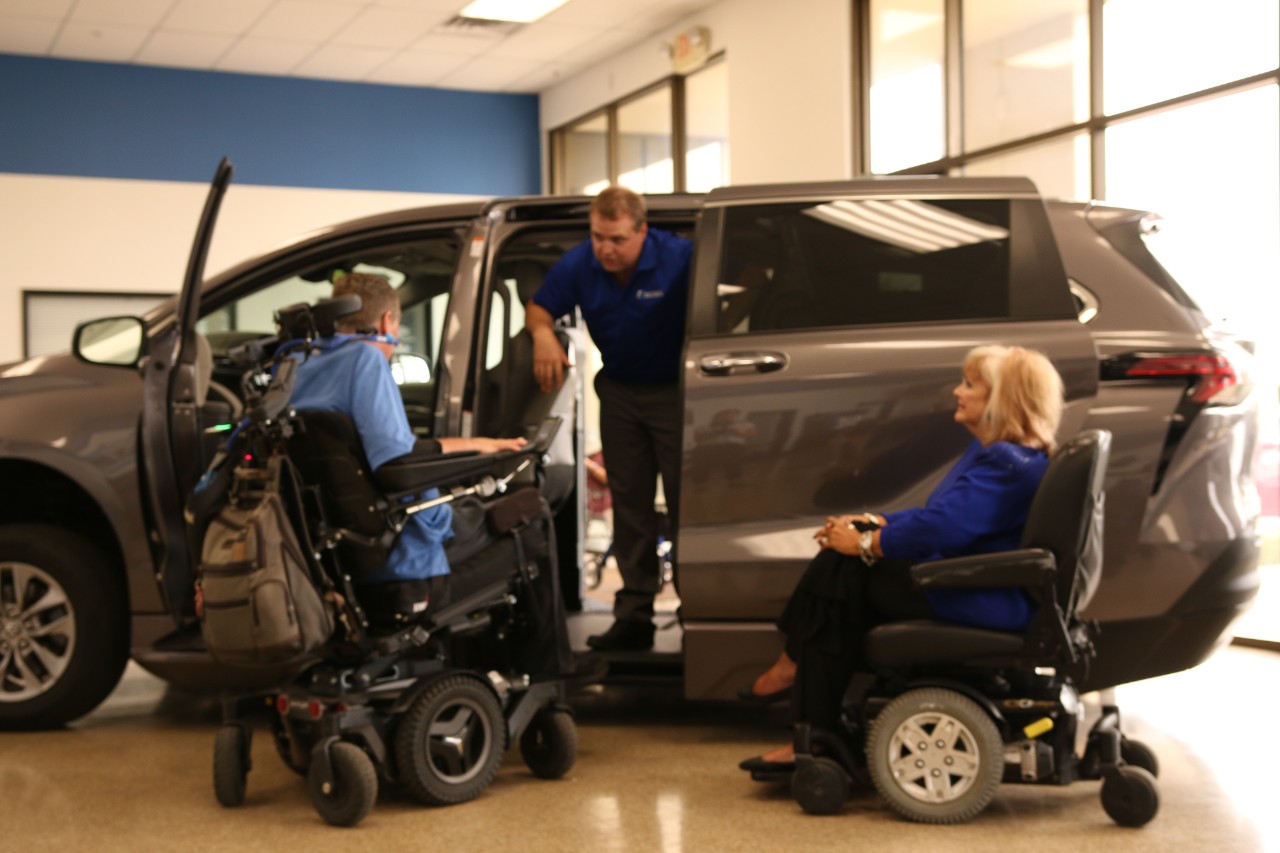
Parking, Permits, and Practicalities: Navigating Daily Life with a WAV
Navigating daily life with a wheelchair accessible vehicle (WAV) means planning around parking access, understanding mobility permits, and preparing for common real-world challenges. With the right tools and awareness, you can reduce stress, save time, and travel with greater ease and confidence.
From finding accessible parking to understanding permit requirements, driving a WAV requires a bit of extra planning—but it doesn't have to be overwhelming. With a few key strategies, everyday travel becomes simpler and more empowering.
Mastering Parking with a Wheelchair Accessible Vehicle
Accessible parking is essential for WAV users, but it comes with unique challenges and etiquette rules.
Whether you drive yourself or travel with a caregiver, finding and using the right parking space is key to safe entry and exit. Understanding the layout and laws of accessible parking helps prevent inconvenience—and ensures you’re never stuck without space to deploy your ramp or lift.
Tips for smart WAV parking:
- Look for van-accessible spaces: These are wider and often marked with diagonal hash lines to allow room for ramps or lifts.
- Use the access aisle correctly: Never park in or block the striped area next to a space—it’s needed for wheelchair entry.
- Know your ramp type: Side-entry vehicles need wider spots; rear-entry users can sometimes fit in standard-width spaces.
- Use mirrors and backup cameras: Tight spots can be tricky—always check ramp clearance before exiting.
- Avoid parallel parking when possible: Many WAVs cannot deploy ramps safely in parallel spots unless curb space is flush.
Accessible parking myths to ignore:
- “Any disabled placard means I can park anywhere.” → Only in marked spaces and in accordance with local laws.
- “All accessible spots are van-accessible.” → Not true—some are standard width and too narrow for WAVs.
- “I can briefly block a space for loading.” → Blocking access aisles, even for a moment, can prevent someone from exiting their vehicle.
Permits, Planning, and Everyday Essentials
Proper permits and a bit of preparation go a long way toward stress-free WAV travel.
Beyond just having a placard, daily WAV use involves understanding local laws, travel logistics, and helpful gear that supports your routine. Here’s a breakdown of practical considerations that WAV users and caregivers often encounter:
Disabled Parking Permits
- What You Need to Know: Apply through your state’s DMV with a doctor’s certification.
- Pro Tip: Keep it visible and avoid expired tags.
Travel Destinations
- What You Need to Know: Check for accessibility info ahead of time—especially in cities.
- Pro Tip: Use satellite view to preview parking areas.
Charging Stations (if hybrid/EV)
- What You Need to Know: Many are not yet WAV-friendly. Look for side clearance.
- Pro Tip: Apps like PlugShare can filter for accessibility.
Essential Gear
- What You Need to Know: Keep a spare key, ramp cleaner, and emergency tie-downs in your WAV.
- Pro Tip: Small toolkits can solve quick issues on the go.
Emergency Planning
- What You Need to Know: Know who to call if your ramp or lift malfunctions.
- Pro Tip: Keep your mobility dealer’s service number saved.
Managing everyday life with a WAV becomes easier with routine habits—like carrying backup straps, maintaining your permits, and knowing your local parking rules. These small steps lead to a more predictable and empowered driving experience.
Contact us today to speak with a mobility expert and get personalized support for your WAV lifestyle, from parking strategies to accessibility tools.


